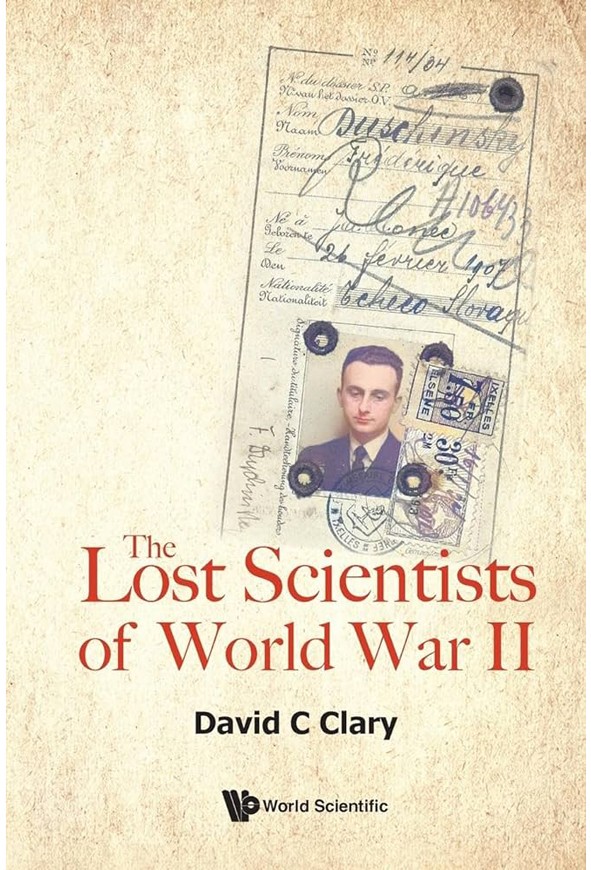
The Lost Scientists of World War II
David C. Clary World Scientific (2024)
When Nazi Germany militarized after 1933, the United Kingdom formed an organization offering settlement to more than 1,000 threatened European scholars. UK general Ian Jacob later quipped to Winston Churchill that the Allies won “because our German scientists were better than their German scientists”. However, many notable scholars were rejected. The stories of 30 of those “lost scientists” — some killed in the Holocaust — drive this fascinating study of the organization’s records, by theoretical chemist David Clary.
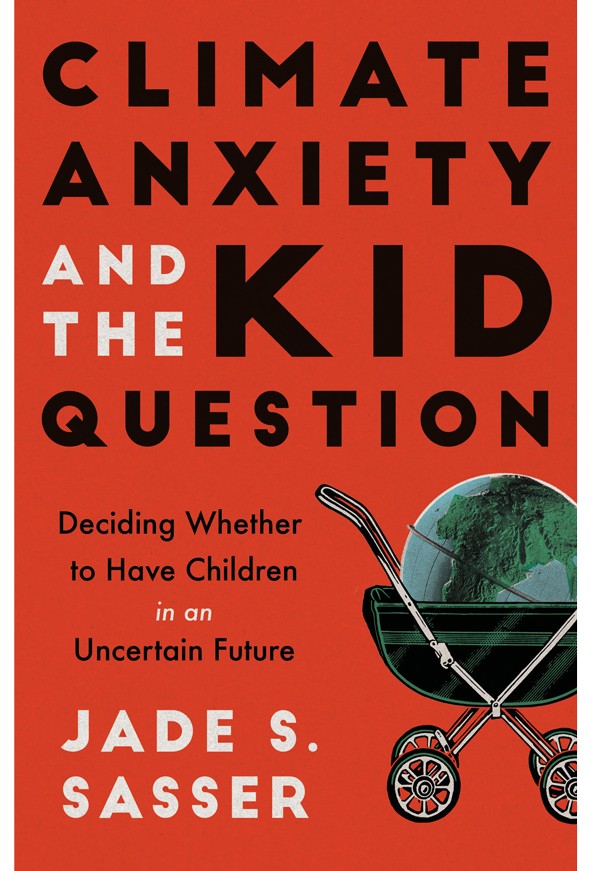
Climate Anxiety and the Kid Question
Jade S. Sasser Univ. California Press (2024)
The 2020 Bobcat wildfire in southern California caught gender-studies scholar Jade Sasser unawares. As she packed up to evacuate her home, she asked herself what she would do if she had children. The experience motivated her to write this valuable book, based on her national survey of whether climate anxiety is affecting people’s decisions about procreating. She aims to help those struggling with the question and encourage research on it in marginalized communities, especially among Black people such as herself.
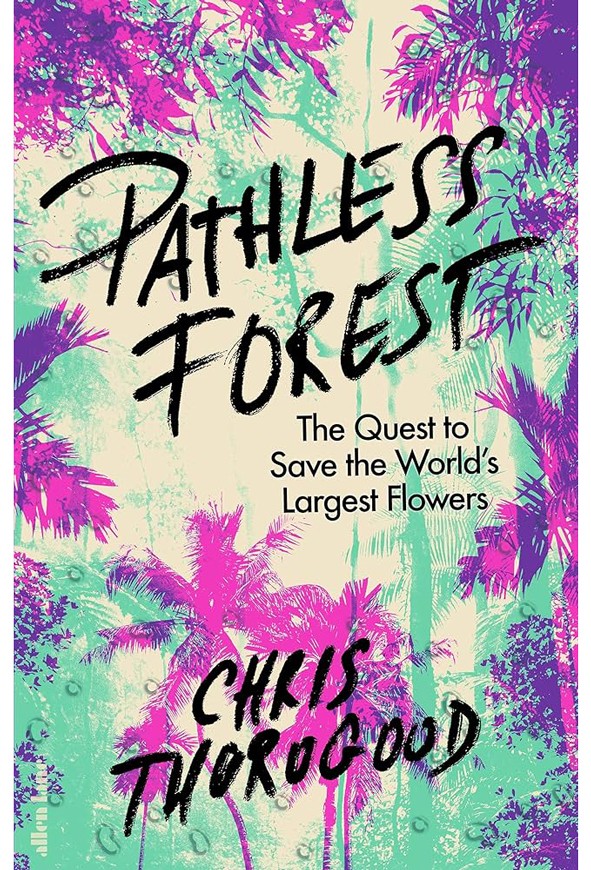
Pathless Forest
Chris Thorogood Allen Lane (2024)
Rafflesia is a genus of parasitic flowering plants with some of the largest flowers in the world. It was first described by nineteenth-century naturalists in Indonesia and named after the British expedition leader Stamford Raffles. Botanist Chris Thorogood first saw it in a photograph as a child and soon created a life-sized model of it in a corner of the cemetery next to his family’s back garden. “Rafflesia had cast its spell on me,” he writes in his enchanting pursuit of this fantastic bloomer through the Philippines jungle.
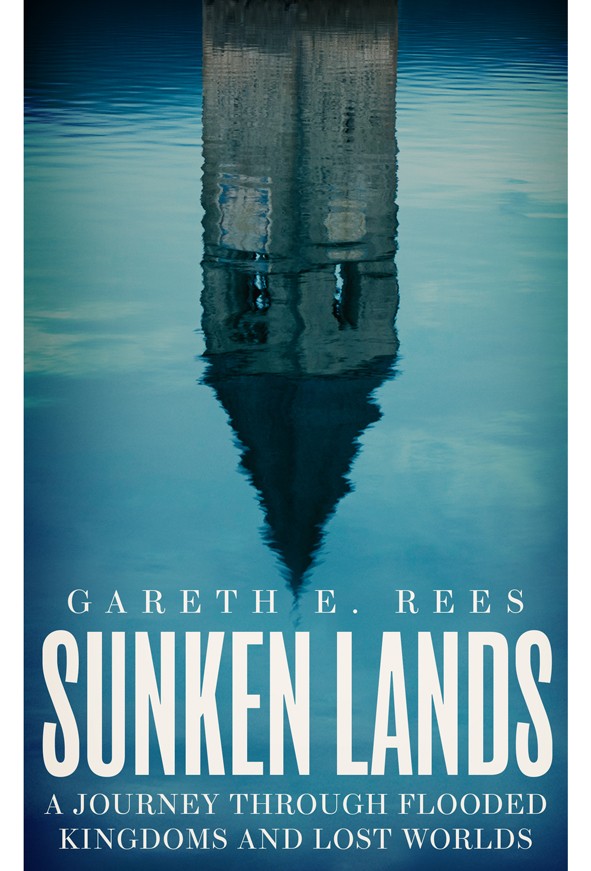
Sunken Lands
Gareth E. Rees Elliott and Thompson (2024)
In 500 bc, Heracleion in the Nile delta was a crucial port for Egyptian trade with Greece. It survived for almost a millennium, then vanished beneath the sea bed — drowned by unknown causes, possibly including tsunamis, earthquakes, floods and geological subsidence — until its rediscovery in 2000. Such “sunken lands” underlie Gareth Rees’s engaging tour from ancient to modern times, including climate change, which might submerge Amsterdam, Basra, New Orleans, Venice, Kolkata and Ho Chi Minh City by 2050.
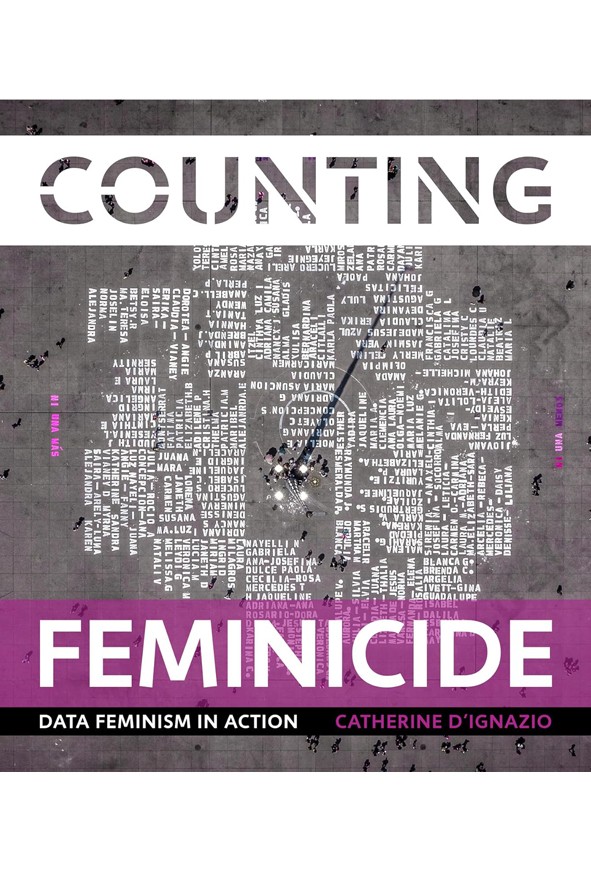
Counting Feminicide
Catherine D’Ignazio MIT Press (2024)
Data scientist Catherine D’Ignazio researches feminicide: “gender-related killings of women and girls, including cis- and transgender women”. Every day in the United States, at least three women are murdered by current or former partners. In Mexico, ten feminicides occur daily. But reliable data are hard to obtain. D’Ignazio’s detailed analysis draws on data activists across the Americas. But she worries that demand for more data should not be a “delay tactic” by institutions to avoid acting against social injustice.
Competing Interests
Table of Contents
The author declares no competing interests.
